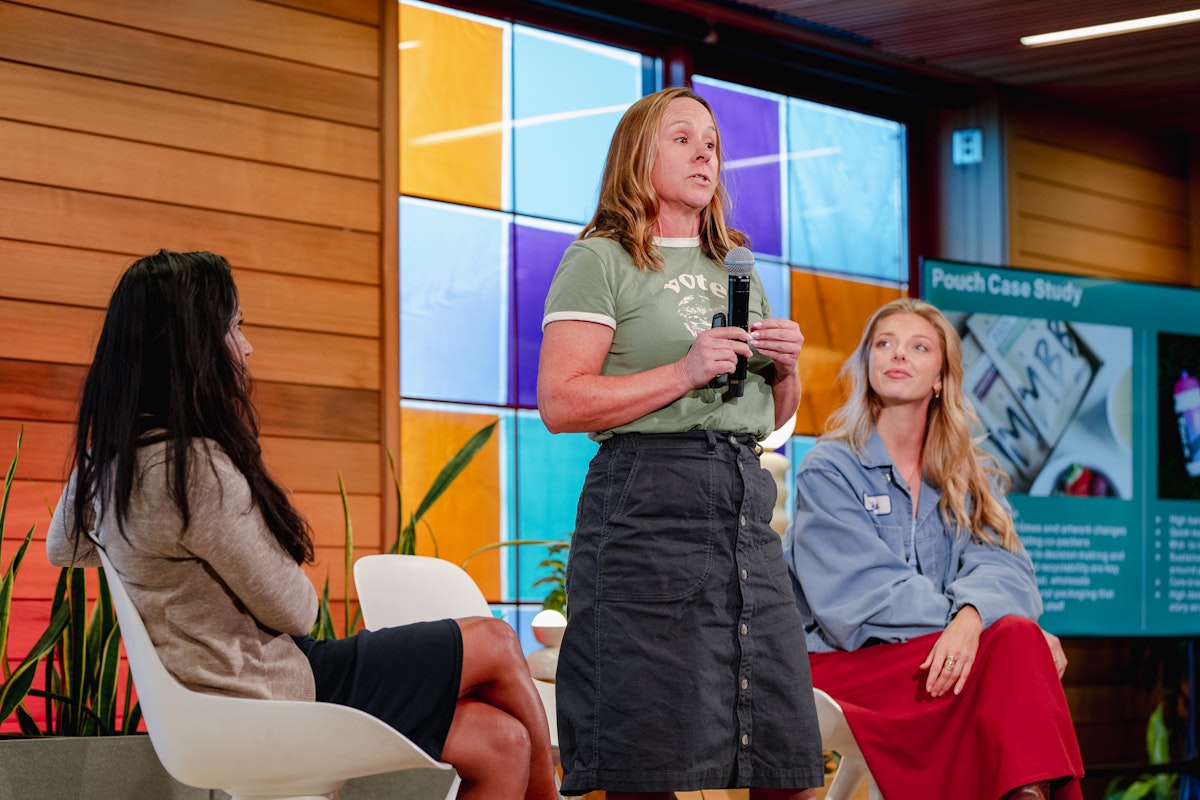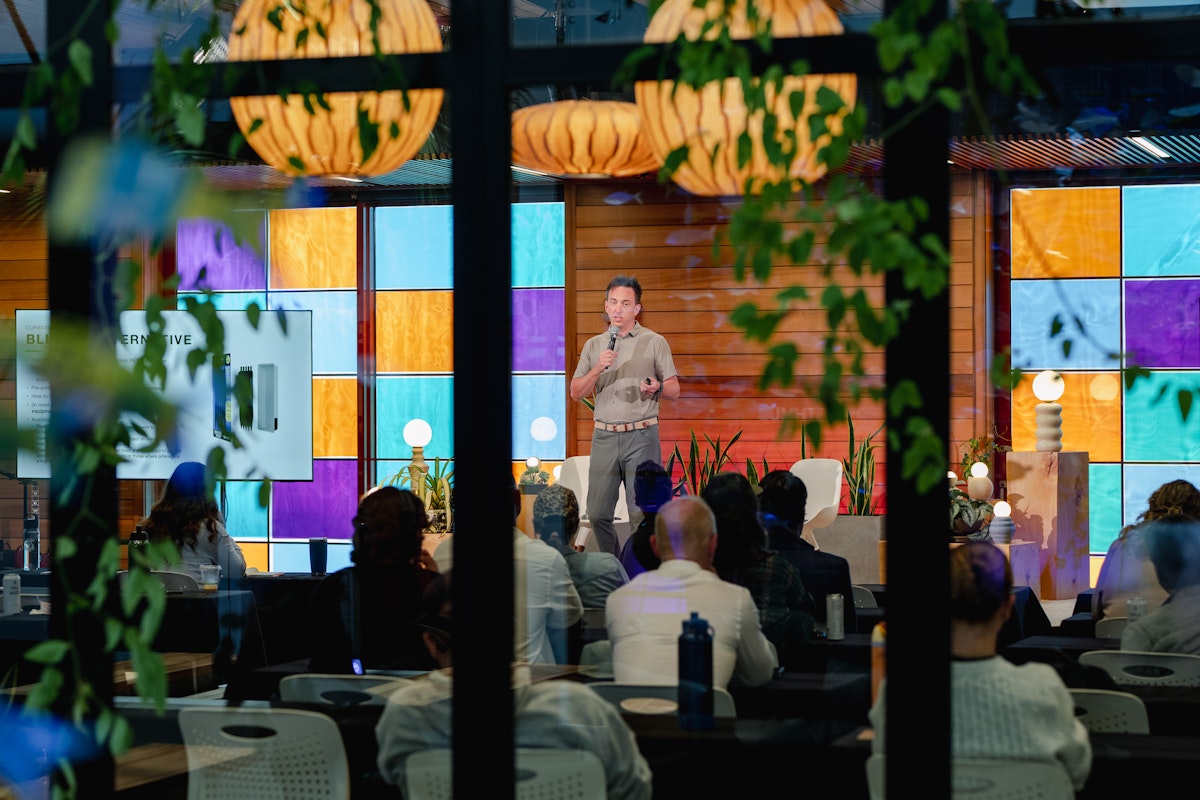

Two days. Ten sessions. One clear message: Packaging is no longer just a container. It’s a catalyst for change.
This two-day experience explored the intersection of sustainability, innovation, and operational reality in the world of packaging.
From policy and infrastructure to brand storytelling and venture capital, the PACKAGING MATTERS track at See Change Sessions 2025 brought together industry leaders, innovators, and changemakers to explore how packaging can drive sustainability, shape consumer perception, and unlock new business models.
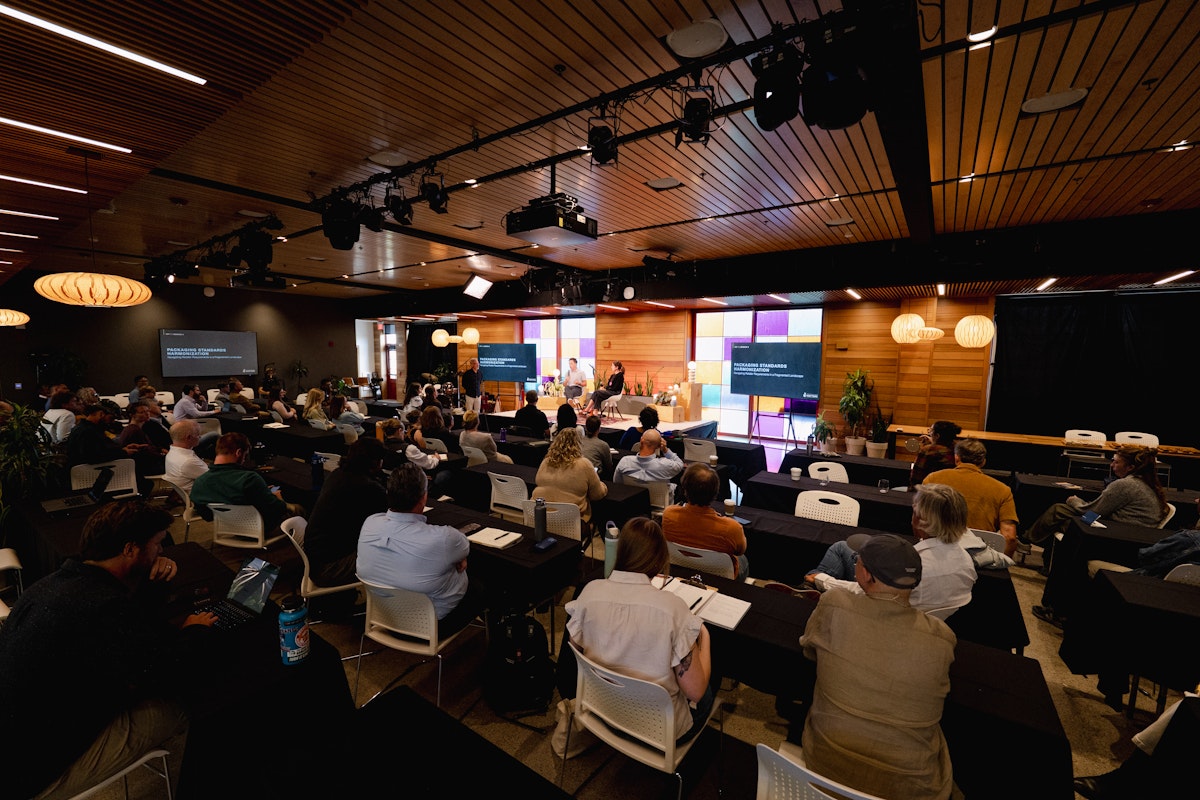

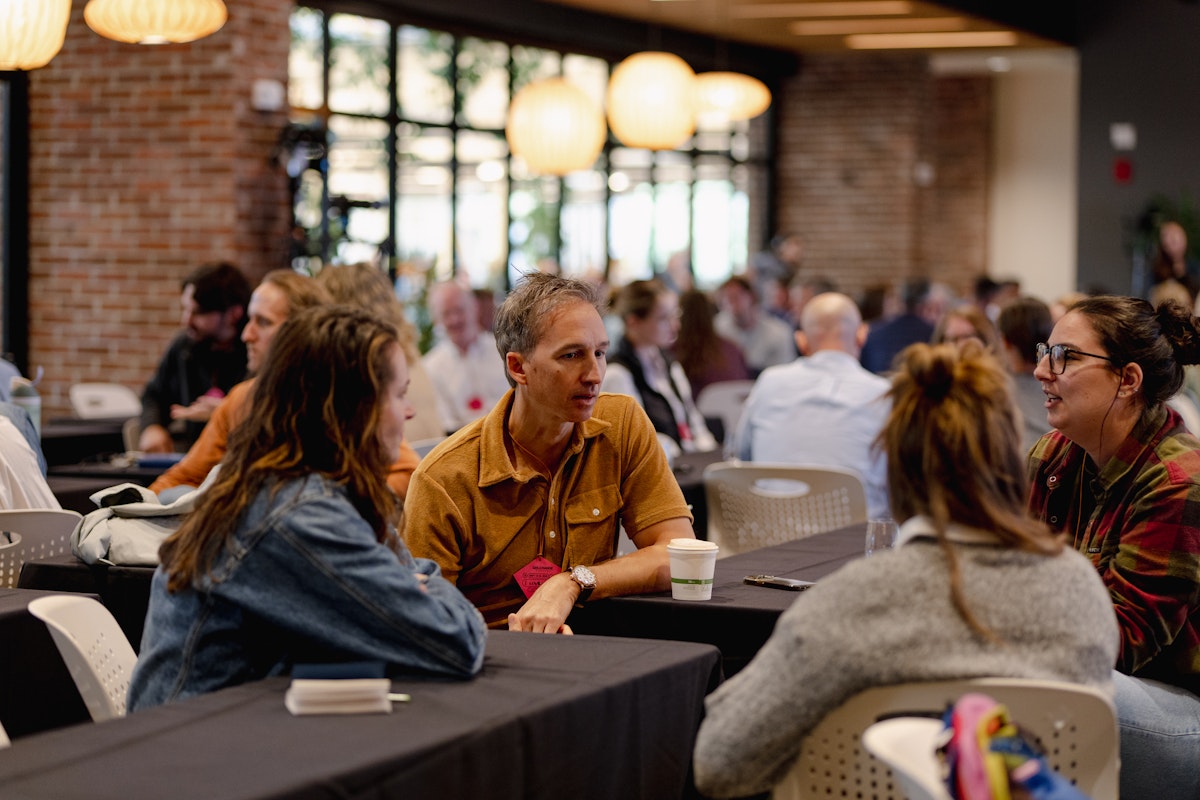
Day 1: Infrastructure, Standards & Systems
Compostables Under Pressure
Led by Caroline DeLoach, Sustainability Director at Atlantic Packaging, and John Hite, Senior Director of Public Policy & Government Affairs for The Recycling Partnership, this session tackled the regulatory complexity of compostable packaging under emerging EPR laws. With seven states now requiring reporting and fees for compostables, and California setting high bars for recyclability and organic input standards, brands must navigate a fragmented landscape. The team shared real-world challenges, and the session broke up into small groups to explore how to align application strategies with infrastructure realities.
Packaging Standards Harmonization
Moderated by Kyle Pischel of Atlantic Packaging and Lisa VanBladeren of YETI, this session exposed the disconnect between retailer sustainability goals and operational constraints. From halted multi-million dollar projects to rebagging efforts that add plastic waste, the need for harmonized standards was clear. A working group was discussed to continue the conversation and tackle these challenges.
Making Reuse Work – Turning Circular Ideals into Real-World Systems
This session featured Cory Connors of Atlantic Packaging with Camille Corr Chism from Indigo Packaging and Consulting and Chantal Emmanuel of LimeLoop, and showcased bold reuse initiatives—from LimeLoop’s reusable e-commerce packaging to Bold Reuse’s stadium cup program. The conversation emphasized infrastructure, consumer behavior, and ROI modeling. RFID and Bluetooth-enabled tracking emerged as promising tech to solve theft and loss challenges, while packaging engineers were recognized as critical players in successful reuse transitions.
Technology and Packaging – How Data, AI, and Automation Will Reshape Our Industry
Led by Matt Saunders of New Earth Ventures, this session featured four tech companies with strong business cases for sustainable packaging. Matthew Wright showed how Specright’s digitized specification platform is helping brands navigate EPR compliance, while Rey Banatao showed us how Google X is developing molecular-level waste analysis to revolutionize recycling. Automation and right-sizing solutions from Bryan Boatner of Ranpak and James Malley with Paccurate rounded out a future-forward toolkit for packaging transformation.
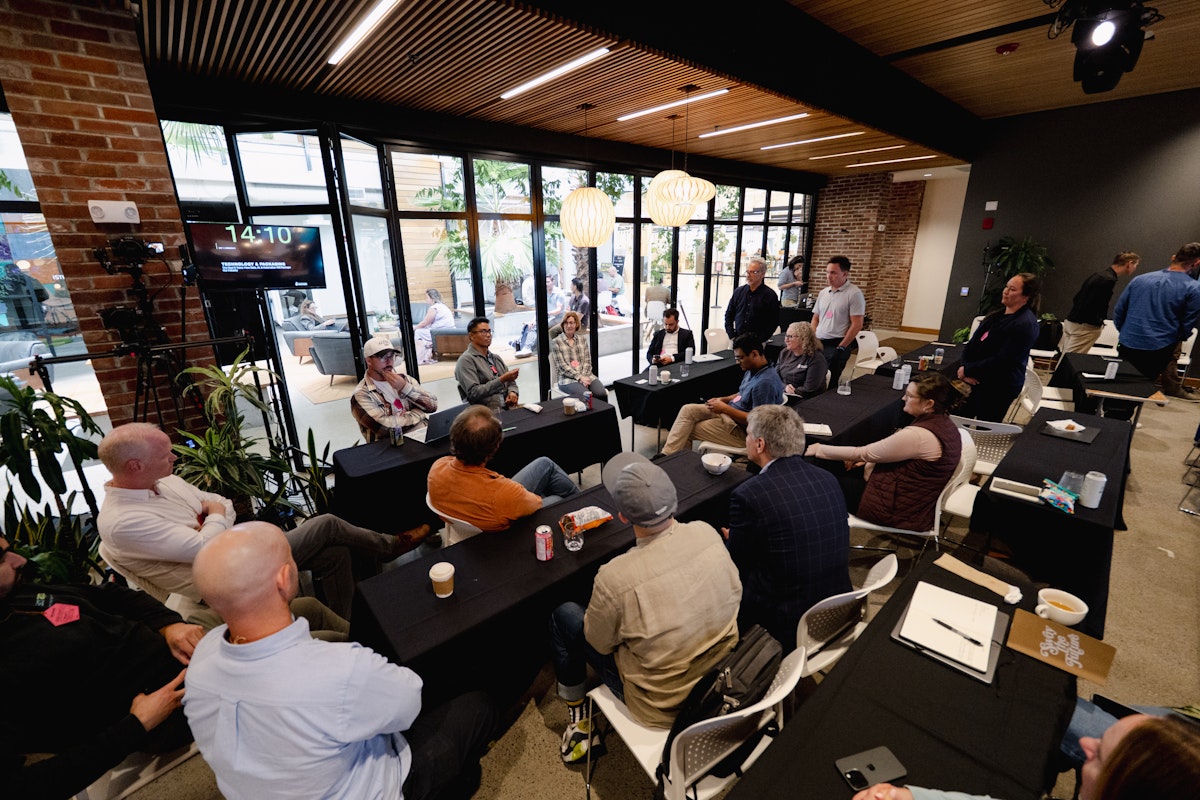
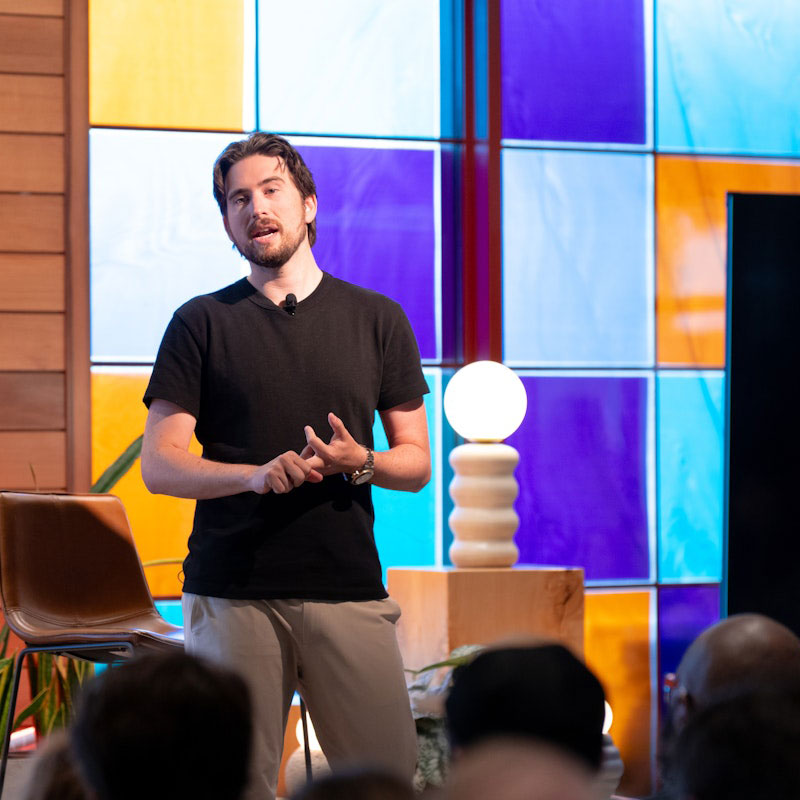
WTF Is Corporate Venture Capital
Matt Saunders kicked us off with a WTF session on What Is Corporate Venture Capital. VIDEO COMING SOON!
The Egg Drop Challenge
We teamed up for the classic egg drop challenge, but with a twist. Teams could only use sustainable materials, including corrugated boxes, Ranpak fiber-based void vill and cushioning, and Cruz Foam. And they had to be conscious of cost. So the winner had an egg that didn’t break and the lowest cost for the whole package. Challenge accepted!
Day 2: Brand, Innovation & Investment
Packaging as a Brand Attribute: Making Your Values Tangible
Saloni Doshi of EcoEnclose shared their decision framework to set the tone for how brands can align packaging with sustainability and storytelling. Jennifer Patrick from Patagonia shared case studies to show how small design shifts, like QR-enabled hangtags and plastic-free attachments, can drive massive environmental wins and deepen customer engagement. Julia March with Sway shared their innovation for seaweed-based packaging that brings biomaterials to life through artistic collaborations and American manufacturing stories. The team from Dr. Bronner’s provided us with a real-world prompt for a workshop that challenged attendees to rethink mass-market packaging without compromising core values.
First Look: Six Innovations, Six Fast Cases, One Big Opportunity
Atlantic Packaging’s First Look Summit, led bt Kyle Pischel, unveiled six breakthrough technologies tackling real-world packaging problems—from blister packs and cable ties to cold chain coolers and shrink bundling. Highlights included:
- Paperform: A fiber-based recyclable blister pack to replace single use plastic blister packs.
- FiberStrap: A bio-composite cable tie alternative tested at Park City Song Summit events.
- Fishbone: A fiber-based six-pack ring replacement adopted in Canada.
- Cruz Foam: Compostable material for EPS foam replacement made from upcycled waste.
- Canopy: A kraft paper shrink film replacement.
- RokPaper: A molded foam alternative using recycled corrugate
Impact Investing in Next Gen Materials and Technology
Led by Kan Kalshikar, Managing Director at Nomura Greentech, this dynamic panel explored how foundations, corporate ventures, and VCs are reshaping the investment landscape. Panelists Manuel Brunner of Minderoo Foundation, Matt Saunders of New Earth Ventures, Bridget Croke of Closed Loop Partners amd Abhijit Ganguly of Teknor Apex explored the role of investment and catalytic capital in accelerating new materials and technologies that address the environmental costs of traditional packaging. A few key takeawys include:
- Venture returns in packaging require creative financing and strategic exits.
- Corporate ventures like TechNor reduce startup CAPEX by leveraging existing infrastructure.
- Emerging materials like seaweed, cellulose nanomaterials, and barrier coatings are gaining traction
From Poly to Purpose: How Apparel Brands Are Transitioning to the Vela Bag
Led by Jason Jackson (JJ) of Atlantic Packaging, this panel featured Cal Kennedy of Seamen Paper and Mitch Rovito of Burton Snowboards to discuss the shift from traditional plastic garment bags to Vela, a curbside-recyclable, FSC-certified paper alternative developed by Seaman Paper. JJ shared the story of Florence Marine X switching to Vela bags on the North Shore of Oahu. MItch showed how Burton Snowboards’ transition to the glassine fiber-based bags across 30+ factories was a masterclass in operational transformation. With bold messaging (“fu*** single-use plastics”) and industry-wide knowledge sharing, the initiative proved that sustainability can scale. Cal Kennedy’s team at Seamen Paper played a pivotal role, replacing 225 million plastic bags last year. Brands like Prana and Burton are now setting the standard for collaborative innovation.
Joint Session: Closing the Loop — EPR for Packaging in the U.S.
To wrap up our two-day programming at SeeChange, we moved to The Spot at Hula for a work session that united our PACKAGING MATTERS track with the Ocean Plastic Leadership Network’s work on U.S. Extended Producer Responsibility (EPR) policy. This session explored the current state and emerging future of EPR legislation across the country, the tensions between state-level and national approaches, and the operational implications for brands, retailers, converters, and recovery systems. We got perspectives from policymakers, data technologists, consumer brands, and packaging professionals who are already navigating these changes on the ground.
A huge thank you to everyone who came and particpated in the PACKAGING MATTERS track at See Change Sessions 2025!

